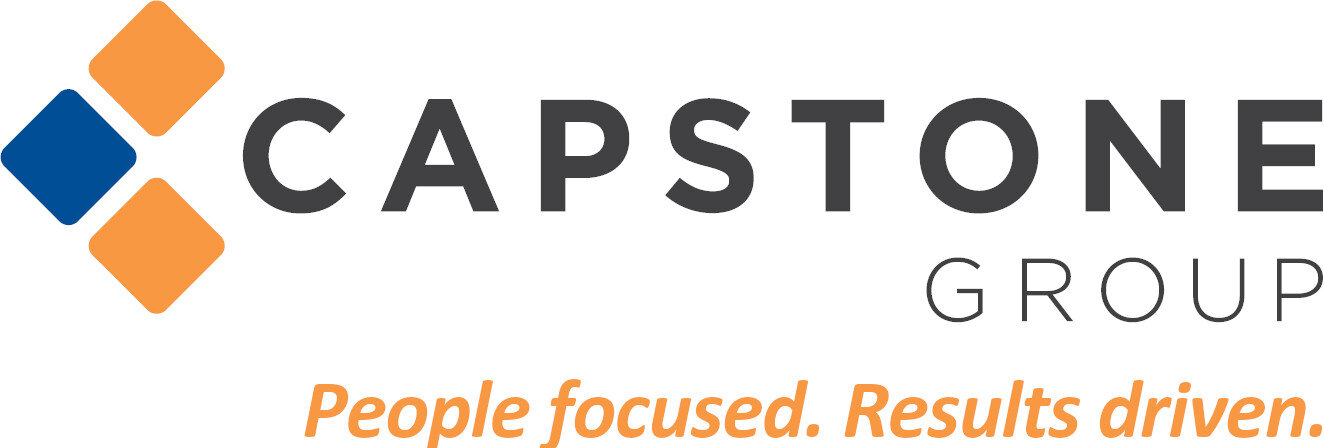There are many elements to consider when choosing to first purchase or renew a directors & officers liability (D&O) policy. These include the limit of insurance you wish to carry, whether that limit will be shared with other coverages such as employment practices or fiduciary liability, and how much risk you wish to retain via a policy retention. However, there are many other provisions of a D&O policy that warrant taking a closer look at when final decisions are made. In this article, we will review retroactive dates, the duty to defend provision, and the hammer clause.
As you may be aware, a majority of D&O policies are written on a “claims-made” basis. This means that in the event of a claim, it will be the policy in place at the time the claim is made that is responsible for providing coverage (if in fact it is a covered claim). Because of this open-ended period of coverage, many insurance companies will add a “retroactive” date to the policy. This establishes a starting line for the period of coverage for incidents that could give rise to a claim. In many instances, the retro date will be the inception date of D&O coverage and will remain the same even as the policy renews each year. With this, it is very important to ensure that the retroactive date is not amended if D&O coverage is moved to a different carrier. Lastly, while retroactive dates are common when writing a claims-made policy, there are some insurance companies that will provide “full prior acts” coverage, which do not restrict past events by way of a retroactive date.
The second two coverage provisions apply to the defense of a covered D&O claim. The first is the Duty to Defend Provision, which at a high-level is simply stating who is responsible for defending a claim. This is usually the first item addressed in the Defense Section of the Policy Conditions. When a policy is categorized as “Duty to Defend,” it is the insurance company that has the right and duty to defend a claim. The other option is a Duty to Indemnify or Reimbursement Policy, where it is the responsible of the policyholder to defend a claim. The main impact of this provision pertains to which party chooses defense counsel. If a policyholder would prefer that the insurance company take charge when a claim is made, then they are well-suited with a Duty to Defend policy. However, if they would like to take ownership of defense, or have preferred legal counsel that they would like to use, subject to carrier approval, then they would be better suited with a Duty to Indemnify or Reimbursement Policy. With that said, both Duty to Defend and Duty to Indemnify policies require the policyholder to cooperate with the insurance company in the defense of claims.
The final coverage provision is the Hammer Clause. This provision is similar to coinsurance on a property policy, where it shifts more risk onto the policyholder in certain claim scenarios. It states that the insurance company must obtain consent from the policyholder to settle a claim. However, if the policyholder does not provide consent to settle, then they will be responsible for a set portion of defense costs and paid judgment beyond the original settlement offer. For example, ABC Advisors has a D&O claim, and their insurance company is recommending they settle for $100,000. ABC does not wish to settle, but also has an 80/20 Hammer Clause on their policy. If the claim eventually settles for $175,000 plus an additional $25,000 of defense expenses, then ABC Advisors would be responsible for $20,000 of the additional claim costs.
As you can see, there is much more to a directors & officers liability policy than what is listed on the declaration page. If you have any questions, or wish to discuss the coverage in greater detail, please contact a member of our Commercial Property & Casualty Team.




